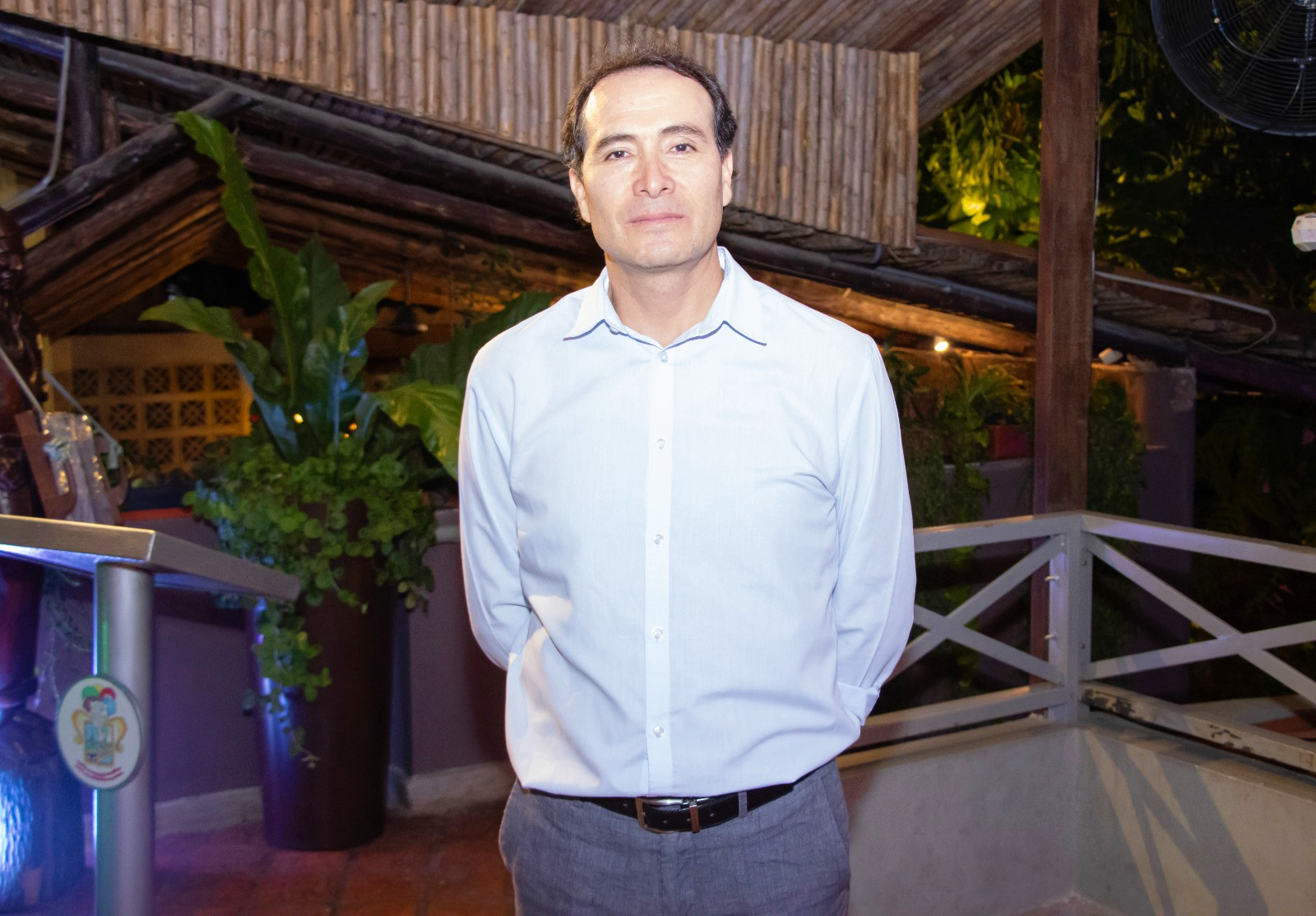
The identification of new interventions in Amazonian transportation routes, as well as the reduction of deforestation and the promotion of biobusinesses, are some of the points that are being discussed at the V Congress of Amazonian Entrepreneurs (CEA) 2024. The Republic interviewed Luis Briceño, executive director of the Amazonian Commonwealth, about the objectives that the Strategic Plan for the Comprehensive Development of the Amazon will outline by 2050.
-What is the proposal of the Amazon Commonwealth for the development of the economy in the jungle?
-In the commonwealth we have a plan to reduce deforestation by 80% And along those lines, obviously spaces have been identified to make investments and we have sent that to the towns of productive intensification, which have connectivity and workforce conditions, in addition to other aspects that are necessary for the promotion of private investment.
So, we could have a diversity of opportunities, starting from forest plantations, with land suitable to promote them, but also to promote aquaculture, livestock and the production chains of coffee, cocoa and other products.
–Does reducing deforestation pose any direct effect on the low percentage of ecotourism, currently at 2%?
-Correct, I was referring a little to the plan that we have worked on to reduce deforestation and this plan includes many interventions. We are working on it and promoting it in an articulated way and, effectively, As an option for traditional economies, we have proposed a concept of the new forest economy that includes nature tourism, biobusiness and the circular economy.
In nature tourism, we believe that the Amazon regions, especially from the competition of regional governments with conservation areas, should put on the table the use of resources to also provide enabling conditions and increase that percentage that is still low. There are examples such as in Huánuco, the Tingo María National Park or in San Martín, which are beginning to bear fruit. So, a majority percentage of tourists who visit the country outside of South America come to do experiential tourism, adventure tourism. There is an important niche to address and the community is preparing for it.
–You also mentioned biobusinesses as part of the forest economy. How are these promoted?
-The regulatory issue at the country level is still incipient, progress remains to be made regarding regulations for the use of standing forest, a concern of the commonwealth and the governors. For all of this to be promoted together we need to work on Amazonian connectivity, but connectivity from a strategic and multimodal point of view, where transportation is urgently improved for physical, air and aquatic connectivity.
At this moment, the transportation routes in the Amazon are in terrible condition. We are beginning to identify more interventions and evaluate whether or not the promotion of a new means of mass transportation, such as a railway, is necessary. This in turn will be material for the preparation of the Strategic Plan for the Comprehensive Development of the Amazon to 2050, which is one of the objectives of the Congress of Amazonian Entrepreneurs (CEA).
–What other objectives does this Strategic Plan for the Comprehensive Development of the Amazon to 2050 contemplate?
-Through the strategic interventions that we have identified from the commonwealth, We want to build a big plan, a country-level plan that allows the Amazon to develop. That is mainly the objective of this congress.
The commonwealth and the governors have believed it convenient that this process of coordination is necessary not only between State entities, and there is an important actor that we are not seeing, which is the private sector. We have decidedly joined in promoting and organizing this CEA year after year, in which space dialogue is promoted for the construction of a proposal for the sustainable development of the Amazon, where the private sector, but also the academy, is summoned to contribute in the issue of science, technology and innovation that we greatly need, indigenous peoples, civil society organizations and the State to define better guidelines and promote optimal conditions for private investment.
Only in this way are we going to draw a little attention from the Executive, which is becoming more and more involved because we have to understand and be aware that Peru is an Amazonian country, The Amazon occupies more than 60% of the national territory and we are not perceiving it that way.
-And regarding Amazonian ventures, what are the key indicators to measure their success?
-For us, the main indicator is the regional competitiveness index proposed by both the Catholic University and the Peruvian Institute of Economics. Unfortunately, the results are not favorable for the Amazon. Faced with this, the commonwealth is also setting its objectives to promote institutional strengthening so that regional governments can improve their spending capacity in order to occupy the first places.
It is also necessary to take health, education, connectivity, and infrastructure indicators as a starting point. This serves as guidance to define the field a little and establish a baseline to promote the rest of the measures and improve the outlook.
–What is needed to achieve the competitiveness of production chains in the Amazon?
-What we need is a complete intervention and that happens because institutions can decisively bet on innovation and technology to increase productivity, because one of the main problems in the Amazon is that the lands are poor and there is low production in survival agriculture. . We need supply and irrigation packages, fertilization programs, but for all of this we also need financial instruments.
On the other hand, we are also committed to the issue of formalizing small farmers and indigenous peoples, but in an appropriate way, without this also meaning increasing pressure on the forest.
Source: Larepublica
Alia is a professional author and journalist, working at 247 news agency. She writes on various topics from economy news to general interest pieces, providing readers with relevant and informative content. With years of experience, she brings a unique perspective and in-depth analysis to her work.











